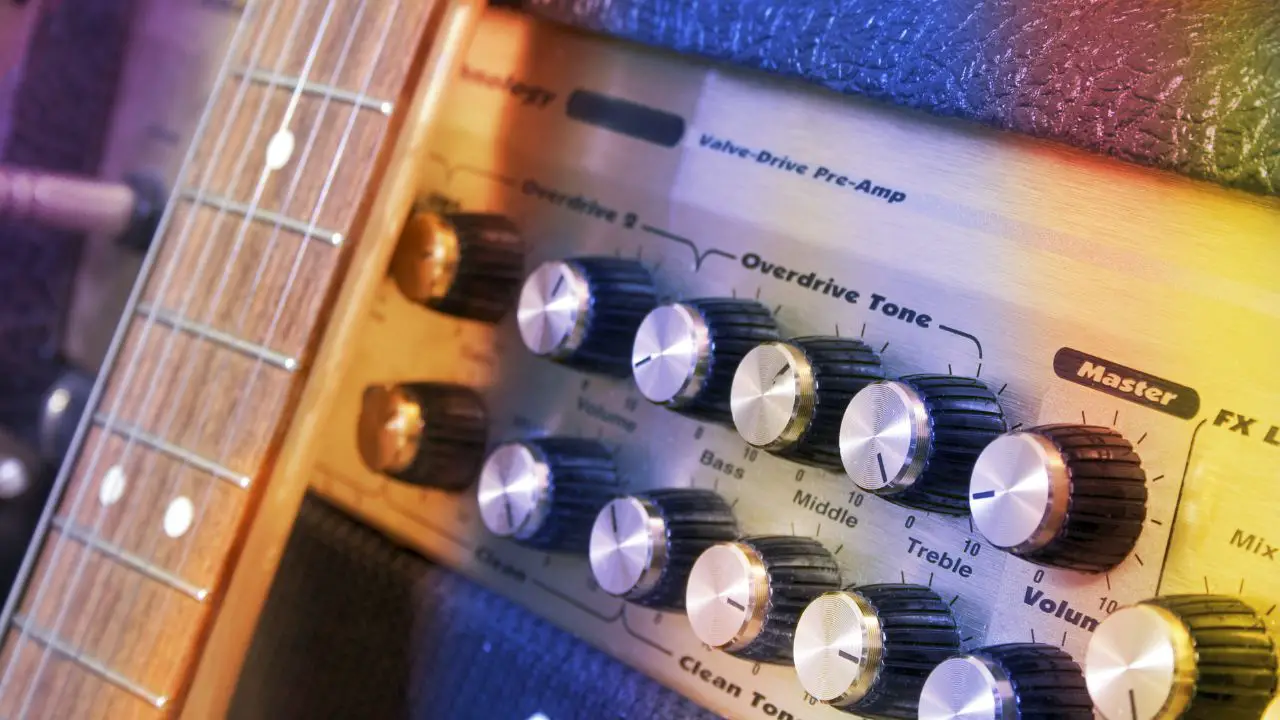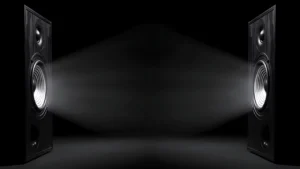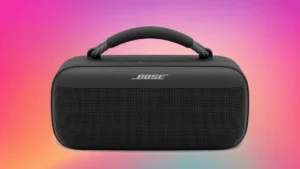Doubling the power increases loudness by 3 dB, which is barely noticeable to human ears.
A ten times increase to the power output will result in a 10 dB increase or sound that is twice as loud.
So, a 40 watt amp is not twice as loud as a 20 watt amp; in fact, it’s only slightly louder by about 3 dB.
In This Article:
How does the wattage of an amp affect its overall sound output?
Amp wattage impacts overall sound output, encompassing loudness, headroom, and distortion. Wattage signifies the energy output for powering a speaker.
Higher wattage results in louder sound without distortion.
Nonetheless, loudness relies on speaker efficiency, which indicates sound output based on amplifier power.
Highly efficient speakers (94 dB or more) produce louder sounds than less efficient speakers (88 to 93 dB) at identical wattage.
Sound output is also affected by headroom, the capacity of an amp to manage musical peaks without distortion or clipping.
Amps with increased wattage offer more headroom, playing louder and cleaner without exhausting power.
Some musicians, however, may favor amps with reduced wattage and limited headroom, appreciating the natural tube distortion or overdrive that arises when amps reach their maximum.
What is the maximum decibel level that a 40 watt amp can produce?
The maximum decibel level that a 40 watt amp can produce depends on the speaker’s efficiency and the distance from the speaker. An amplifier delivering 40 watts output for 40 mW input has a power gain of 30 dB. However, this does not mean that the sound level is 30 dB, because the speaker efficiency and the distance from the speaker also affect the sound level.
Typical speaker efficiency is about 85 dB for 1 watt at 1 meter. This means that a speaker produces a sound level of 85 dB when it is driven by 1 watt of power and measured at 1 meter distance. Using this value, we can estimate the maximum decibel level of a 40 watt amp as follows:
First, we need to convert the power in watts to power in decibels using the formula: P(dB) = 10 * log10(P(W))
For a 40 watt amp, the power in decibels is: P(dB) = 10 * log10(40) = 16.02 dB
Next, we need to add the power in decibels to the speaker efficiency to get the sound level at 1 meter distance: L(dB) = P(dB) + E(dB)
For a speaker with an efficiency of 85 dB, the sound level at 1 meter distance is: L(dB) = 16.02 + 85 = 101.02 dB
Finally, we need to subtract 6 dB for every doubling of distance from the speaker to get the sound level at any distance: L(dB) = L0(dB) – 6 * log2(D/D0)
For example, at 2 meters distance, the sound level is: L(dB) = 101.02 – 6 * log2(2/1) = 95.02 dB
At 4 meters distance, the sound level is: L(dB) = 101.02 – 6 * log2(4/1) = 89.02 dB
So, the maximum decibel level that a 40 watt amp can produce depends on the speaker’s efficiency and the distance from the speaker.
Assuming a typical speaker efficiency of 85 dB for 1 watt at 1 meter, a 40 watt amp can produce a maximum sound level of about 101 dB at 1 meter distance, which is very loud and can cause hearing damage if exposed for a long time.
Are there any differences in sound quality between a 40 watt and 20 watt amp?
Differences in sound quality may exist between a 40 watt and 20 watt amp, influenced by the amp type, speaker efficiency, and desired tone.
A 40 watt amp offers marginally greater volume than a 20 watt amp, though the disparity is not substantial.
A 40 watt amp also provides increased headroom, enabling louder and cleaner playback without sound distortion.
Some players might favor a 40 watt amp for clean tones or pedal usage, while others might choose a 20 watt amp to achieve natural tube distortion or overdrive at reduced volumes.
How much distortion can be expected from a 40 watt amp at maximum volume?
Expect distortion from a 40 watt amp at full volume to vary based on amp type, speaker efficiency, and preferred tone. Distortion refers to alterations in the original signal due to the amplifier.
Measure distortion as a percentage of total harmonic distortion (THD), the ratio of all harmonic components’ power to the fundamental frequency’s power.
For instance, a 1% THD amplifier signifies 1% of the output signal consists of harmonics absent in the input signal.
Do guitarists prefer a 40 watt amp over a 20 watt amp for live performances?
Determining whether guitarists favor a 40 watt or 20 watt amp for live performances lacks a definitive answer since it hinges on a variety of factors such as the amp’s kind, venue dimensions, music genre, and the guitarist’s personal taste.
When playing gigs or live shows at venues that can accommodate roughly 100 attendees, a 20W tube amp or a 40W solid state amp is recommended if the guitarist is performing solo.
However, if playing with a drummer, a 100W solid state amp or a 50W valve amp may be required.




